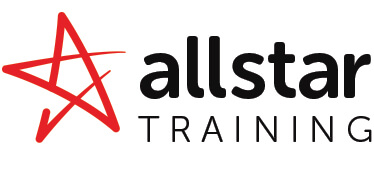Introduction
Safety should be number one priority regardless of what you are doing. When you are in a working environment, your awareness for accident risks should be increased as you must be careful. In 2014/2015, 40 fatalities; over 3000 major injuries; over 4500 lasting over 7 days all came from unfortunate events of falling from heights. Safety is important.
Why Wear A Harness?
Harnesses can protect you from falling from heights and potentially even severe injuries. Importance of safety is so much so that many regulations and acts have been enforced as a result of it. For example, the Health and Safety at work act 1974; Working at Height Regulations 2005 and the Puwer Regulations 1999 to name a few. If these regulations/acts are to be broken, then the worker can be met with serious consequences.
How to Fit Correctly?
When wearing a harness, there are four types you could wear: Pole Belt, Chest, Rescue or Full Body. Pole Belt is commonly used by tree climbers and pole climbers, specifically worn around the waist and upper leg area to prevent falls. Chest harnesses are obviously designed to wear around the chest and across the shoulders. Both Pole belts and chest harnesses are preventative rather than fall arresting. A Rescue harness has additional attachments which allow a second harness to be strapped on to it. It has the strength to carry two people suspended by harnesses. A full body harness is to be worn across the entire body of course and will be used either as a fall restraint device or a fall arrest device. Before putting a harness on, its necessary that workers complete a risk assessment and raise any issues that they may have instead of continuing the procedure with unanswered queries.
Who Needs Training?
Anyone who needs a harness to complete their job must have training. Harnesses may only be provided to people with suitable training from a safety harness course. Unfortunately, it is also disallowed that harnesses are distributed to people with cardiovascular disease, respiratory disease, a pre-existing injury or other types of working restrictions.
What Happens If You Do It Wrong?
Major consequences can come as a result of being in a harness incorrectly. Suspension trauma is the biggest issue and here is how it could possibly be caused. Initially, the worker is strapped into a harness in an upright position, legs dangling high above the ground. Then as the time grows longer that the worker is up there, they will lose mobility in their legs. This becomes increasingly worse when the worker is dehydrated or hot. Much of the body’s blood supply will race to the legs which has a large blood capacity, then causing the heart’s right chamber to have a reduction in blood. As the blood loses the ability to flow around the body, the brain’s blood supply will then be cut off next. As a result of this the body becomes immobile, giving the worker no more than 10 minutes to live while they are stuck in that same position. Therefore, harness safety awareness is essential.
Summary
As previously mentioned, safety certainly deserves to be the top priority for any given situation. Luckily, Allstar Training provides the course of training you need when it comes to harness safety. If your job involves the use of a harness, it is essential you take this course and gain all the in-depth knowledge of safe harness usage. Here at Allstar Training, we can provide you with an allstar service so that you can receive the qualification that you require.

